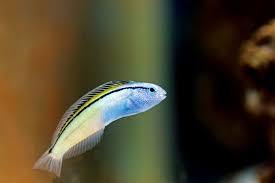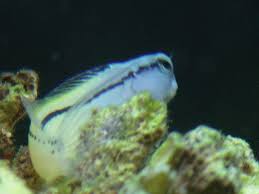
Caring for our feline companions involves a multitude of responsibilities, and one topic that sparks considerable debate is the process of nail clipping. While it is a routine aspect of cat care, it comes with its own set of risks and potential consequences that merit thoughtful consideration. Join us in a nuanced discussion about the dangers and impacts of nail clipping on the physical and psychological well-being of our beloved cats.
**1. **The Physical Risks: Navigating the Anatomy of Cat Claws**
*Cats’ claws are not just tools for scratching; they are integral to their anatomy and functionality. The process of nail clipping, if not executed with precision, poses physical risks. Injuries to the quick, accidental cutting into the paw pad, and the potential for infection are all concerns that must be carefully addressed. Understanding the delicate structure of a cat’s claws is paramount in minimizing physical risks.*
**2. Psychological Impact: Navigating the Stress Factor**
*For many cats, the act of nail clipping induces stress and anxiety. The unfamiliar sensation of having their paws handled, the sound of the clippers, and the potential discomfort associated with the process can create negative associations. This psychological impact is crucial to acknowledge, as it may contribute to behavioral issues, such as avoidance, fear, or aggression.*
**3. Alternatives to Traditional Clipping: Navigating Gentle Solutions**
*Recognizing the potential risks, there are alternative approaches to nail care that prioritize the comfort and well-being of the cat. Regular scratching posts, cat-friendly nail caps, and positive reinforcement training are among the alternatives that provide gentler solutions. These methods not only minimize physical risks but also contribute to a more positive psychological experience for the cat.*
**4. Individual Variability: Navigating Personalized Care**
*Understanding that every cat is unique is fundamental to the discussion. The tolerance for nail clipping varies among individuals, with some cats accepting the process more readily than others. Recognizing and respecting the individual variability in response to nail care is essential. Patience, positive reinforcement, and gradual acclimation are key elements in ensuring a more positive experience for our feline friends.*
**5. Professional Support: Navigating the Expertise of Veterinarians**
*For cat owners who find the process challenging or for cats with specific health concerns, seeking the expertise of a veterinarian or a professional groomer is a viable option. These professionals possess the knowledge and skills to handle nail care effectively and with minimal stress to the cat. Professional support ensures that the process is carried out safely and with the utmost consideration for the cat’s well-being.*
**In Conclusion: Navigating the Balance**
In the discourse surrounding nail clipping for cats, finding the balance between maintaining feline health and respecting their psychological well-being is crucial. By acknowledging the potential risks, exploring alternative approaches, and understanding individual variability, we can navigate the process with greater sensitivity and ensure that our cats’ physical and emotional needs are met. As responsible cat caregivers, let us approach nail care as a collaborative journey, promoting the overall health and happiness of our feline companions.










